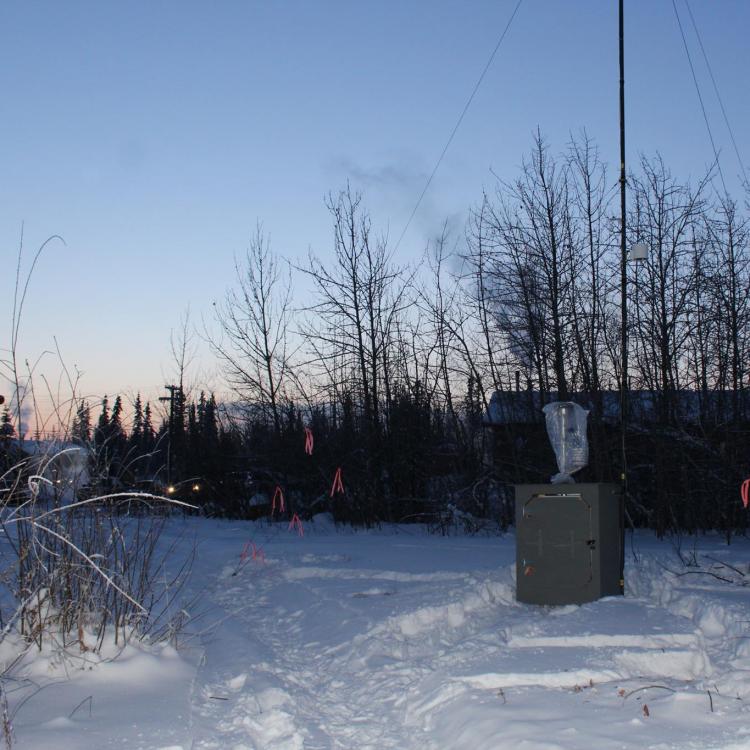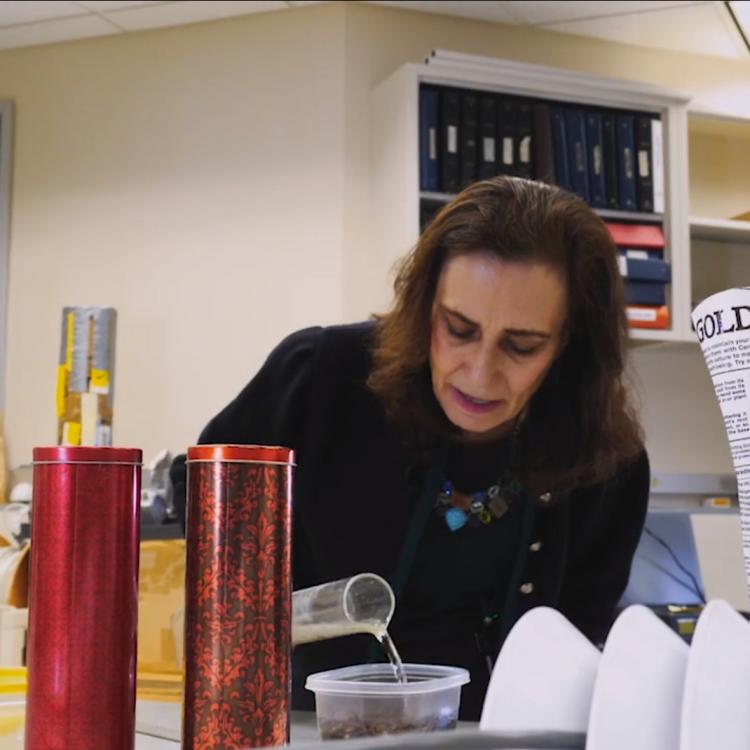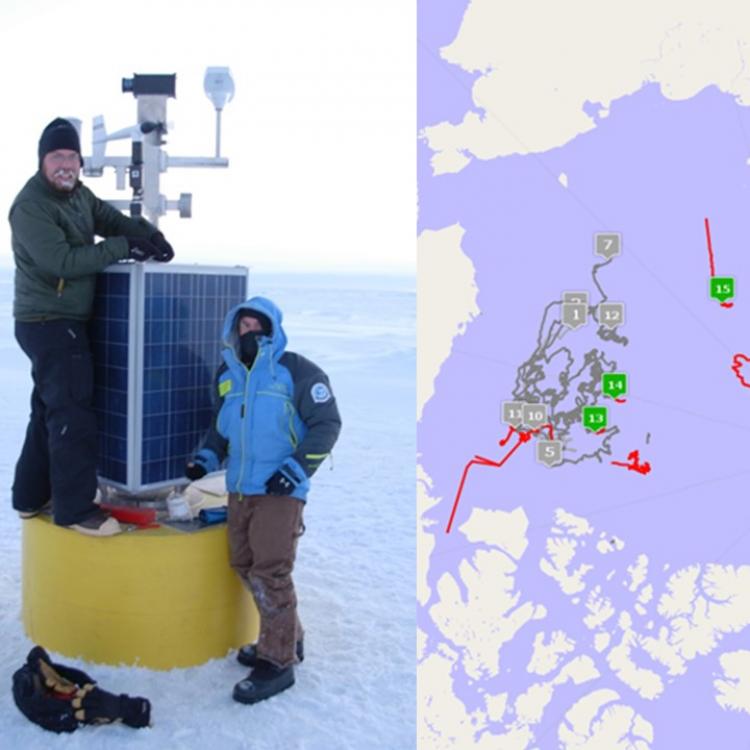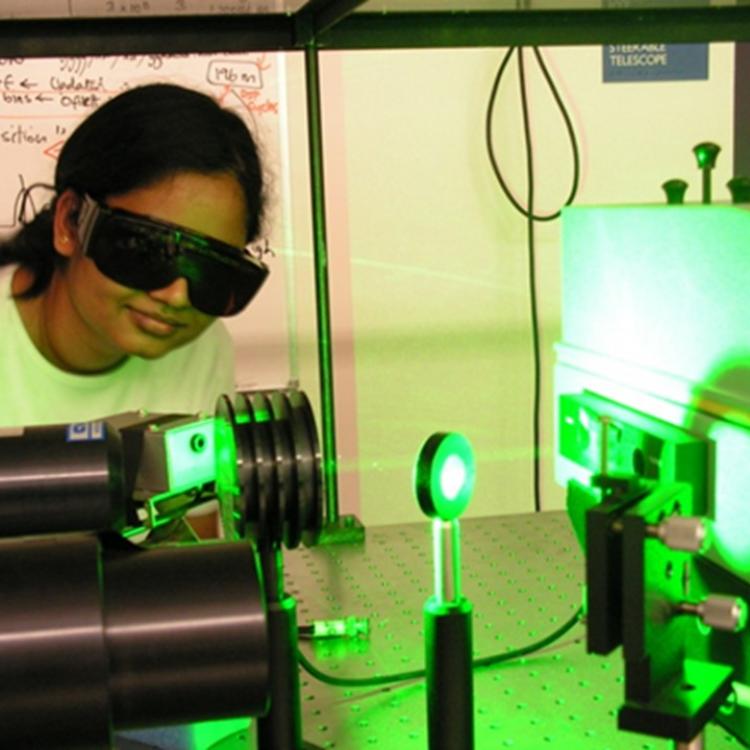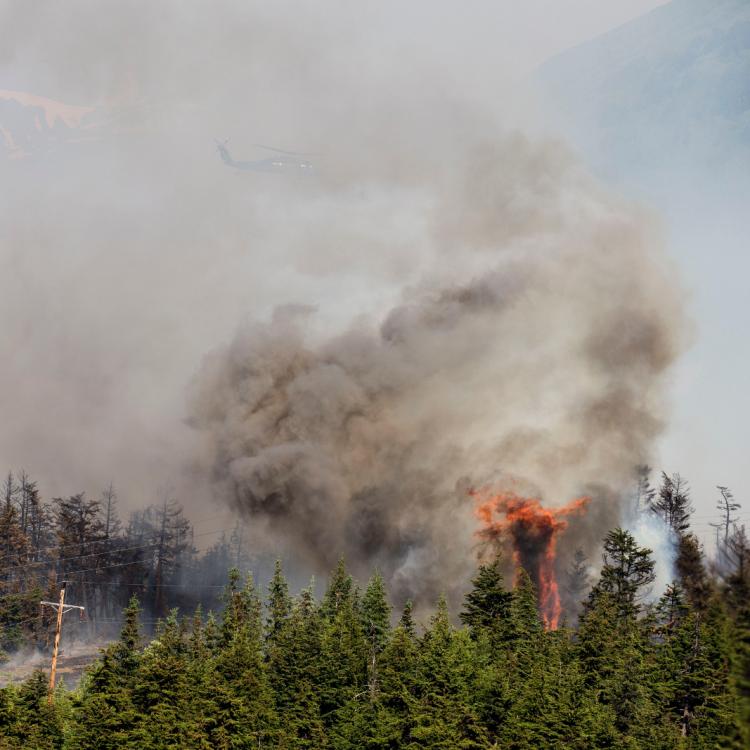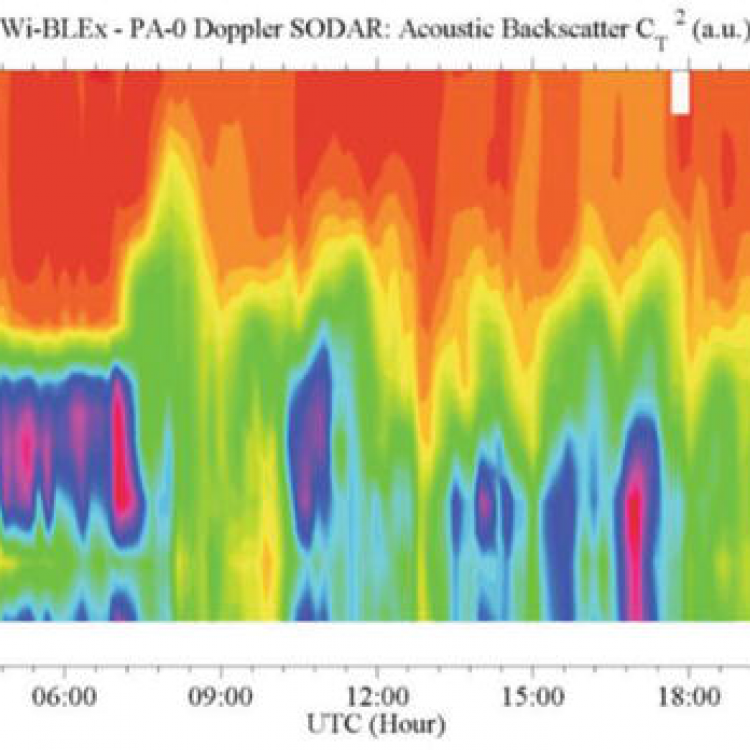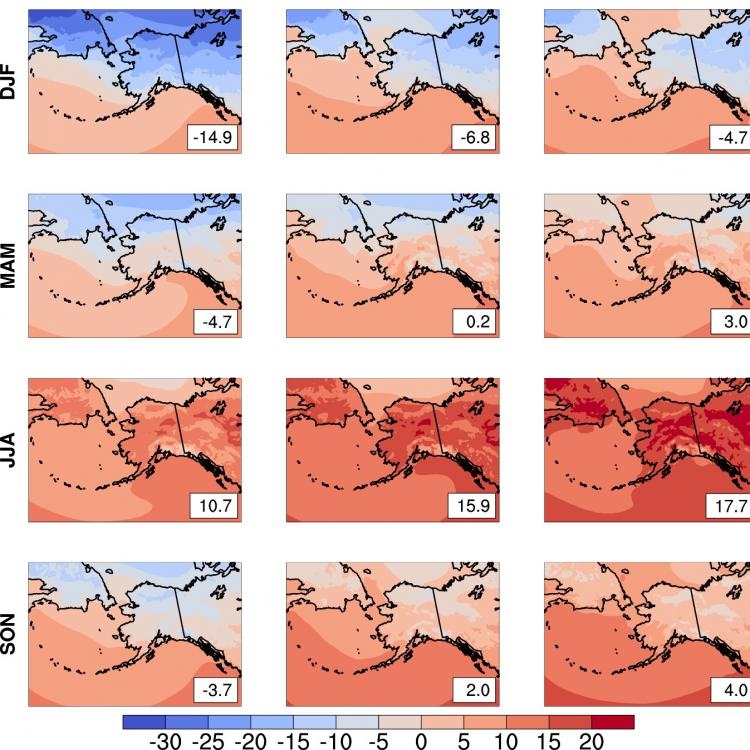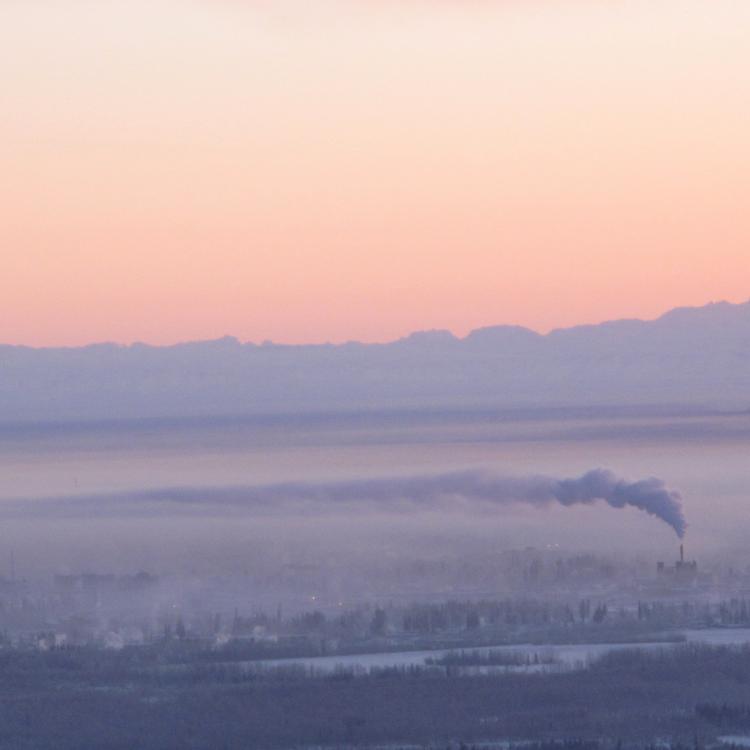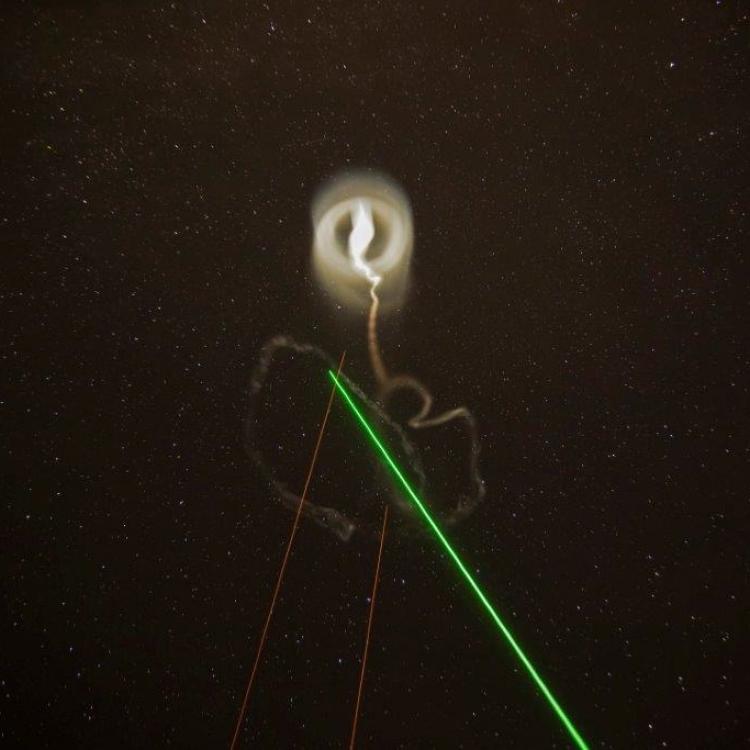The Atmospheric Sciences group includes academic and research faculty, postdocs and students who use the unique vantage point of the polar regions to study the physical, chemical and dynamic processes of the atmosphere from the micro to the global scale. The group seeks to understand the atmosphere over Alaska for improved forecasts of hazards (fire, poor air quality, flooding, icing, etc.), public safety and health, and to provide information for decision-makers and stakeholders as well as to educate the next generation of workforce.
Research interests cover a broad spectrum of topics, with our results often bearing directly on societal issues of climate variability and change. Our research encompasses time scales from nano-seconds to decades, including the interactions between the surface and the atmosphere and mesosphere and the thermosphere. Many members of the group also maintain research interests in other regions of the globe, and our projects use a variety of observational, modeling and remote-sensing techniques.
Academic faculty hold joint positions in the College of Natural Science and Mathematics, and some faculty teach in the aviation program or the College of Engineering and Mines. Members of the group collaborate with GI scientists from other research groups and with UAF researchers in the International Arctic Research Center, the UAF School of Management, the Department of Natural Resources, the Institute of Arctic Biology and engineering departments.
Research Areas
- Aerosol Pollution
- Atmosphere & Geospace
- Atmospheric Chemistry
- Atmospheric Phenomena
- Biomass Emissions
- Boundary Layer Processes
- Climate Drivers
- Impacts on Weather & Air Quality
The goal of this research is to better understand the impacts of ambient aerosols of all kinds. Research examines meteorological, anthropogenic and natural emissions as well as transport and multiphase chemistry at various spatial and temporal scales using monitoring, field campaign and model data. This research helps local, state and federal agencies to mitigate air pollution and improve public health in the Fairbanks metropolitan area.
How do the unique conditions of the Arctic affect the transformation of pollutants? Using spectroscopy to probe the chemical composition of air, liquids and solids, scientists study air-ice interactions from the microscopic to global scales. The knowledge gained will improve climate and high-latitude air quality models.
This research aims to observe and model atmospheric phenomena from ice particle formation and dispersion to extreme aerosol events using radiation measurements and satellite and airborne remote sensing. These activities improve models of emissions from biomass burning and volcanic eruptions as well as improving observations of hydrometeors and upper-atmosphere humidity. The research helps improve the understanding of Alaska’s climate and gives decision-makers better information to respond to wildfire smoke, volcanic-ash and other atmospheric conditions.
Researchers examine the fate of brown carbon and ozone from biomass burning emissions through field and lab work as well as global climate modeling. This research helps assess future climate conditions and their impacts on global oxidation capacity, the ability of the atmosphere to cleanse itself of emissions.
The goal of this research is to improve the understanding of surface-atmosphere interactions in high-latitude environments through various spatial and temporal scales. Methods include satellite, lidar, eddy-correlation and other micrometeorological measurements. This research evaluates atmospheric boundary models for applications in the Arctic such as weather forecasts. It also provides valuable hydro- and small-scale meteorological data for other research (for example ecosystem studies, hydrology, agricultural and forest research, and satellite remote sensing).
GI researchers use mesoscale atmospheric model data and observational data to understand communication of signals through various spatial and temporal scales, especially the gray zones between scales. This research identifies the current state, or baselines, by which to evaluate changes and improve model forecasts.
Project Highlights
Lidar Studies of Coupling in the Arctic Atmosphere and Geospace
This research focuses on the meteorology of the middle and upper atmosphere, specifically on the contribution of small-scale processes such as waves and turbulence to the structure and composition of the atmosphere. Researchers study the impact of meteorological processes on space weather. Studies use coordinated ground-based (lidars, radars and imagers) and rocket-based observations at Poker Flat Research Range.

